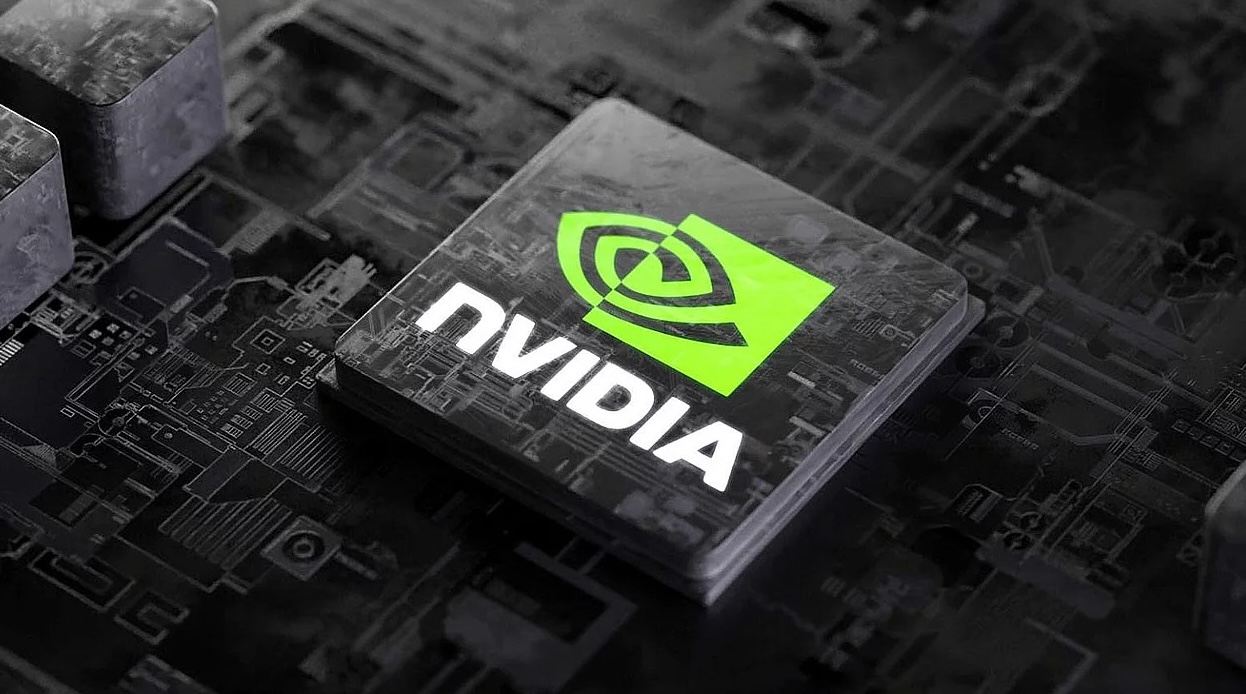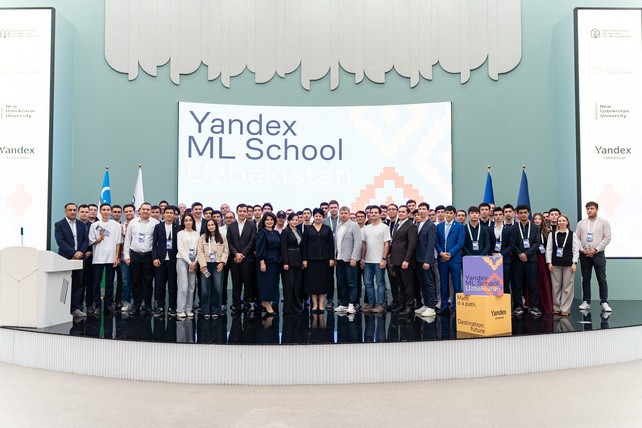Sandia National Laboratories, part of the US Department of Energy, has put into operation the SpiNNaker 2 supercomputer, a high — performance system developed by the German company SpiNNcloud. The new architecture, inspired by the design of the human brain, opens up new horizons in the field of neural network modeling and event-oriented computing.
The SpiNNaker 2 system is focused on highly parallel data processing. Each of the 24 server boards includes 48 specialized chips, each of which contains 152 cores and its own accelerators. The amount of RAM (DRAM) is 8640 GB, and each chip is equipped with 20 MB of static memory (SRAM). When scaled to 1,440 boards, the total configuration can reach 10.5 million cores and more than 138,000 TB of DRAM.
The fundamental difference between the system is the rejection of centralized data warehouses and the operating system. Information processing takes place exclusively in RAM, and the exchange between components is carried out through high-speed communication channels. To connect to external computing environments, use Ethernet.
As noted in SpiNNcloud, SpiNNaker 2 is designed to simulate up to 180 million neurons. Despite the fact that this is significantly less than the number of neurons in the human brain (about 100 billion), the system is already among the most productive neuromorphic platforms in the world.
Ecto A. Gonzalez, CEO of SpiNNcloud, emphasized that the key advantage of the new architecture is energy efficiency and the ability to perform complex simulations in real time. These characteristics make the system particularly valuable for defense, security, and research applications.
The launch of SpiNNaker 2 is seen as an important stage in the development of computing technologies that bring AI closer to the principles of biological systems. In the future, such platforms can become the basis for new approaches in modeling cognitive processes, developing autonomous systems, and integrating artificial intelligence into critical areas.













